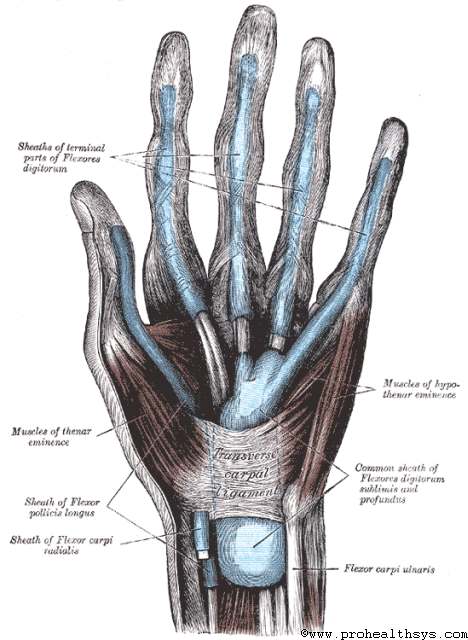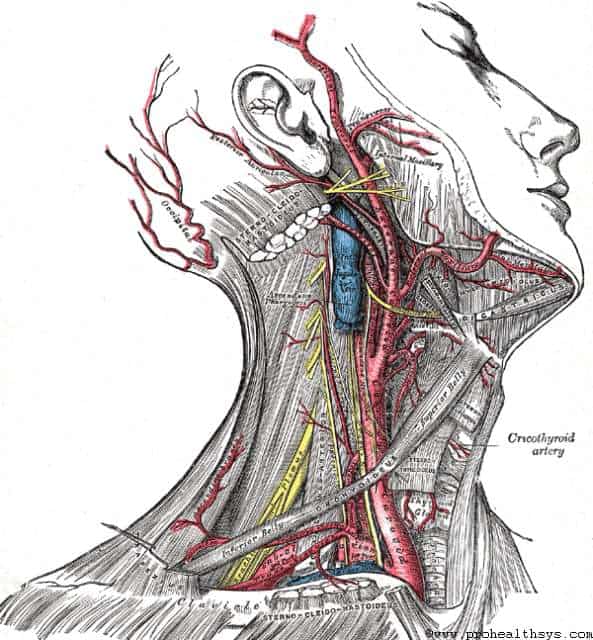Awesome Free Resources for Students
For students of RMT, LMT, MPT, Kin, PT, DPT, DC, MD, ND, AT, CPT
Stay the Leading Edge with Prohealthsys
Why do students ❤️ Prohealthsys? We take complicated stuff and make it ⚡easier and faster to learn.
We’ve got a ton of resources for students, so please take a look around. We’ve highlighted some great student resources here to get you started. Be sure to sign up for a Hithera student level account to access our exclusive library of resources to help launch your career with ease and confidence.
Test Your Knowledge, Prep for Exams

Test Generator
Test Generator
Dig Deeper into Anatomy
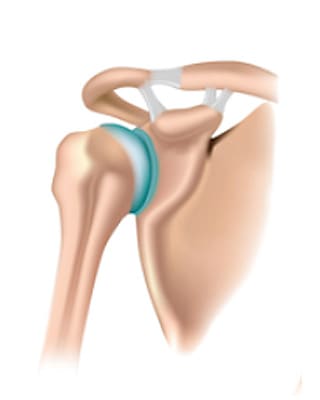
Anatomy Videos
Anatomy Videos

Resource Library
Evidence-Informed Resources
Clinic Forms, Physical Exam and More

General Physical Exam
General Physical Exam
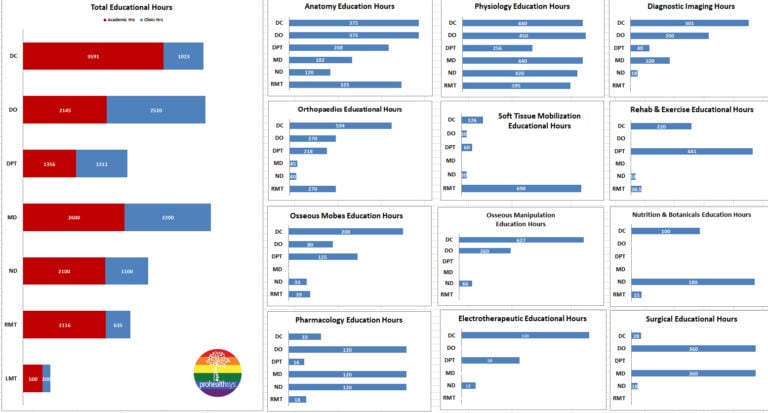
Educational Requirements
Comparison of Curriculums
Dr. Nik's Top 10 Learning Tips
We've got your back.

Reference: Muscle Manual Textbook — also available as a WebBook
Have fun
Good sleep and exercise habits
Be efficient and productive with your time
Re-read lecture/lab notes every day
Ask and answer questions
Attend all classes
Actively learn
Break the material into manageable sections
Start an anatomy club for group study
Bonus Life Tip

- Have fun. Any task, including learning, is easier with a positive attitude – the importance of a positive mind-set can never be over stated. To reinforce the learning of a new medical term, I ask the class to “say it with me, with a smile” or be silly “what a beautiful sternoclavicular joint you have” – fun and effective ways to improve retention.
- Good sleep and exercise habits. Trying to learn information when you are tired is futile. A regular exercise schedule and sleep patterns are statistically proven to increase learning capability, reduce stress and result in a longer, healthier life.
 Be efficient and productive with your time. Recognize your learning style – if you like to read then consider more text based materials (full version of Gray’s Anatomy) and utilize our web-based resources. Try drawing things on a white board or use washable markers and draw on a classmate, use flash cards, make your own quizzes and exchange them with classmates. Ultimately, study human anatomy in a human cadaver lab where actual anatomical variation can be visualized. Make use of the FREE ProHealth on-line resources!
Be efficient and productive with your time. Recognize your learning style – if you like to read then consider more text based materials (full version of Gray’s Anatomy) and utilize our web-based resources. Try drawing things on a white board or use washable markers and draw on a classmate, use flash cards, make your own quizzes and exchange them with classmates. Ultimately, study human anatomy in a human cadaver lab where actual anatomical variation can be visualized. Make use of the FREE ProHealth on-line resources!- Re-read lecture/lab notes EVERY DAY. Research shows if you read your notes for 10-15 minutes a day, you will perform better on your exams. Repetition works! Where there is a will there’s an A. Place your class notes near your bed so you can look at them before going to sleep, then have a quick look again when you wake up or are eating breakfast.
- Ask and Answer questions. If you do not understand something, do not be ashamed to ask, it is your right to understand. Your classroom should be a safe place to make mistakes. Good students and practitioners always ask questions. If you don’t know an answer it is OK to say “I don’t know.”
- Attend all classes. Statistics show that ‘A’ students almost never miss class or lab and sit closer to the front of the room. Sitting at the front provides fewer distractions and you are less likely to be tempted by Facebook , or YouTube, or texting during the lecture for which you are paying money to attend.
- Actively learn. Don’t just stare at diagrams and illustrations, cover the list and label it yourself. Test your comprehension and retention by discussing the material with other people or your instructors. Study in a group. Set up weekly meetings to go over the notes; but do NOT allow anyone at any time to substitute words like “thingy,” or “dealie” for the proper words required. Actively palpate the structures you are learning on yourself first and then your friends and family too.
- Fill in the blank NOT multiple choice. Your learning is vastly improved if you quiz yourself with fill in the blank type questions where you write out the correct answers. People do not come to you and say “What is wrong with me today? Is it ‘A’ my shoulder, ‘B’ my elbow, or ‘C’ my wrist?” – You need to be able to fill in the blanks.

- Break the material into manageable sections. There is a huge volume of material to learn in anatomy. Learning anatomy is like learning a new language, you do not just see or hear words once and become fluent, it takes time and practice. As much of anatomy nomenclature is based in Greek and Latin it is useful to learn the root meaning.
- Start an anatomy club for group study “See it, do it, teach it” … Can you outline the pathway of the sciatic nerve, including spinal level origin, sensory and motor innervation, areas of possible impingement, and any associated conditions or special tests? If “absolutely, YES” was not your answer, then Anatomy Club is for you!
- Real life application – Consider how the information you have learned currently relates to you and how in the future it may relate to your patients and the creation of treatment plans. Once you make the transition from “why do I need to know this” to “how can I use this information” you have taken a giant step toward becoming a solid critical thinker and phenomenally competent healthcare provider.
- Bonus Life Tip – before you go to sleep each night ask yourself “what was my favourite part of the day?” – it may sound silly but it will warm both your anatomical and spiritual heart!
Anatomy Review
- VEMonline – AWESOME anatomy lesson videos
- Need images for a project or assignment? 1200+ anatomical images
- Gray’s Anatomy Text – 1400+ pages/images ‘Bible’ of anatomy
- Videos of palpation, muscle testing, ROM, special tests
Clinical Review
- Clinic forms for practical exam review?
- General Physical Exam (vitals, heart lung, clinical picture)
- Professional Comparison (DC, DO, DPT, MD, ND, RMT)

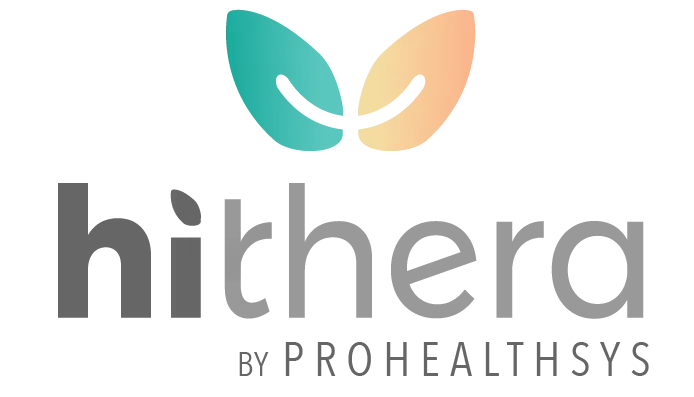
Join Hithera for More Support & Growth Opportunities
Your journey doesn’t end after you pass your exams and get your career started — and neither does our support. When you enroll in Hithera as a student level member, you get access to exclusive offers, including:
> Discounts on future courses, seminars, and CE credits
> Access to a growing referral network of trusted practitioners
> Tools to help grow your practice and connect with other professionals
> Downloadable clinical forms, intake templates and marketing materials
Hithera is a professional platform designed to help new grads launch and grow their practice with confidence. You’ll be automatically eligible for member-only perks!



